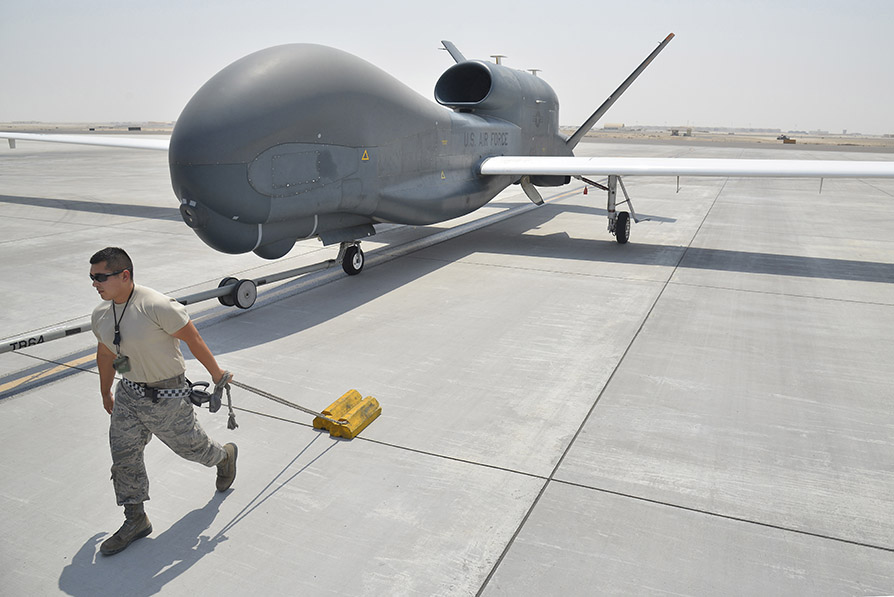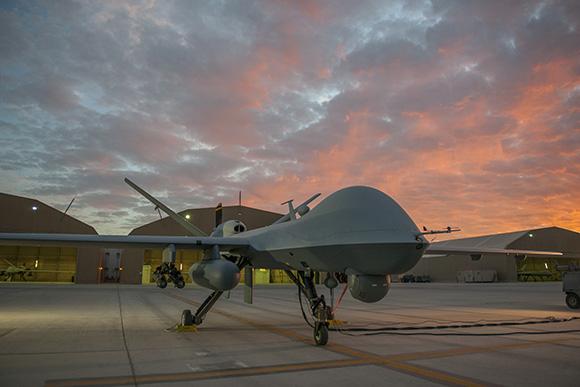Within the next five years the Air Force will become the largest UAV (unmanned aerial vehicle) fighting force on the planet. The three billion dollar program (expects the approval of the Congress) has been defined as essential to guarantee the presence of the United States in all present and future theaters of crisis in the world. A force, the current one, which according to the study attached to the development plan is considered to be undersized in terms of available UAVs and pilots.
The way drones are used by the US has also changed. In Iraq as in Syria, armed UAVs fly mainly in mission profiles that require highly specialized pilots in the same way as those flying fighters. To the current 175 fleet Reaper (opening photo) and 150 Predator, the US intends to add more 75 "Reapers".
The program foresees a new fleet divided on well 17 squadrons (compared to the current eight) and additional personnel, equal to 3500 more units, between pilots and sensor operators. Squadrons will be located in Beale Air Force Base near Sacramento, California, in the Davis-Monthan Air Force Base near Tucson, Arizona. "Reapers" in the Pearl Harbor-Hickam Joint Base near Honolulu and Langley Air Force Base in Newport, Virginia.
If granted by the British authorities, the USA will also enable a UAV operations center in the RAF base of Lakenheath, in Suffolk. The 95% of Air Force drone missions are managed by Creech Air Force Base.
The five new operational centers would cost American tax payers something like 1,5 billions of dollars for the construction of the structures alone. The entire operating asset as well as the training will cost another one and a half billion dollars. The new bases have also been designed to reduce pilots' stress due to the time zone of missions taking place all over the world. In the study that accompanies the UAV development plan the difficulty of UAV pilots in finding a psychic balance after the missions is detected. The time zone of the operations, in fact, imposes on them totally different rhythms with respect to normality. The Air Force therefore hopes to create a more traditional military command structure.
The program has grown exponentially over the last ten years: what is lacking is precisely a command structure shaped on UAV needs. It should be noted that US drone pilots have an average annual 900 flight hours remotely. An average three times higher than that of fighter pilots. Despite the reduction in the hours of air patrols and the increase in monthly allowances for pilots, the Department of Defense expects a complete review of the UAV structure.
The recruitment of pilots will also change: they will be fighter pilots for drones. This step has also been considered problematic for the Air Force to date. It was pointed out that the pilots, to put it mildly, "were not at all happy to be reassigned from fighters to drones".
The recruitment of a new generation of pilots is considered a priority for the Air Force.

(photo: US Air Force)












